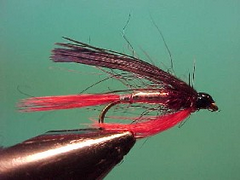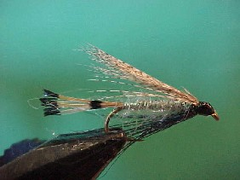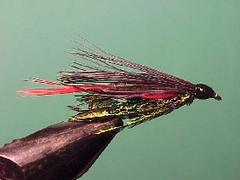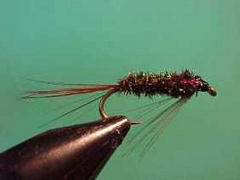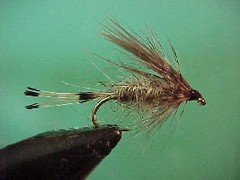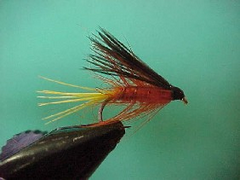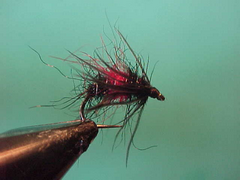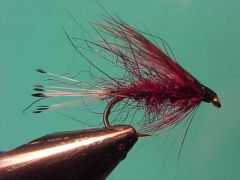Invicta variant
The original Invicta was created by eminent English fly tier and tackle dealer James Ogden in the 1870’s. With just a few tweaks this fly is as relevant today as it was 140 odd years ago. This is a great attractor fly at times when yellow winged hoppers and other insects with yellow body parts are around and yellow is a trigger color for trout.


